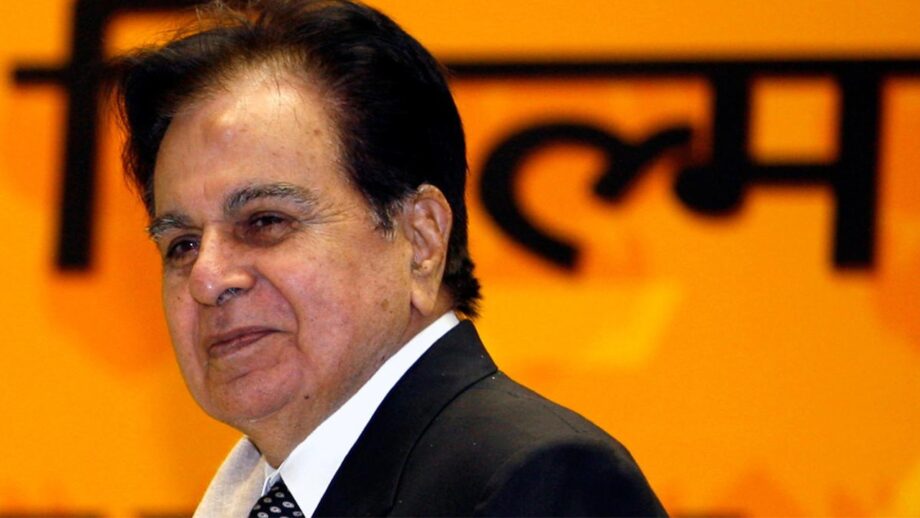You cannot be a fan of Hindi cinema if you are not a fan of two of its supreme icons: Dilip Kumar and Lata Mangeshkar. The two define every important moment in the evolution of Indian cinema.
We lost one of them on July 7. Do we even realize the enormity of the loss? Calling him an icon and institutionalizing him doesn’t help.We do that to every artiste who dies. We love to worship the dead. Dilip Kumar practised method acting long before it was invented . At a time when the louder you screamed the better actor you were concerned(this tragically remains true even today) Dilip Saab mastered the skill of understatement.
To him, less was most decidedly more. Not just more, but the most.When he lip-synced songs on the screen in his two favourite voices of Talat Mahmood and Mohd Rafi(he favoured the former above the latter) he wasn’t ‘caught’ singing. This is a mistake some of our finest actors make . They open their mouth so wide while lip-syncing they look like fish out of water.
I once brought this up with Dilip Saab , and he laughed, “Arrey Bhai, kaun asli zindagi mein utna mooh khool-khol ke gata hai. In real life you scarcely see the mouth moving. You watch my little sister Lata (Mangeshkar) recording in the studio. Her lips hardly move.Nor does she contort her face to induce emotions. In real life as in the movies my endeavour is to act normal.”
We talk about artistes and actors being ahead of their times. But do we really know what it means to be truly ahead of one’s times? Watch Dilip Saab in Bimal Roy’s Devdas and the lesser-known Yehudi, or watch him Mehboob Khan’s grossly underrated Amar, Nitin Bose’s Deedar(where he playeda blind man so effortlessly you couldn’t tell he was blind, and that’s how it is in real life where the blind don’t stumble over furniture in their own house), Ramesh Saigal’s Shikast , the great Amiya Chakravarty’s Daag , Zia Sarhadi unseen gem Footpath , or S S Vasan’s Insaniyat….these are all masterclasses in acting…on non-acting, or acting as if not acting.
It is not a coincidence that all the above classic performances came in the 1950s in the black-and-white era. This was the decade where Dilip Kumar proved he was unlike any other. An actor who didn’t act.A singer who didn’t sing. A lover who didn’t have to scream out his love.He didn’t have to do anything. The performances in 1950 display a subtlety that is hard to beat to this day. I don’t know any male actor in India to match Dilip Saab’s silent eloquence, except perhaps Fahadh Faasil.
By the 1960s Dilip Saab’s performances became more flamboyant, more ….shall we say..accessible. The subtleties were opened up .Colour was in. Ganga Jumna, Ram aur Shyam and Sungharsh were all about letting the fans know he was the best.This flamboyant trend continued in the 1970s in Gopi and Sagina.Talat Mahmood was gone.Mahendra Kapoor was in.
I don’t think the Indian audience has even begun to appreciate the sheer histrionic mastery of that institution named Dilip Kumar. The 1950s is filled with his remarkably rarefied performances.The Thespian ‘s characters in Mehboob Khan’s Andaz and R C Talwar’s Sangdil whisper the mysteries and whims of life in a language is rare refined and articulate without ever getting aggressive or insistent.
At his best Dilip Kumar was that actor who didn’t need to act. At his worst…he was an actor letting you know he could act better than any actor in the world.

